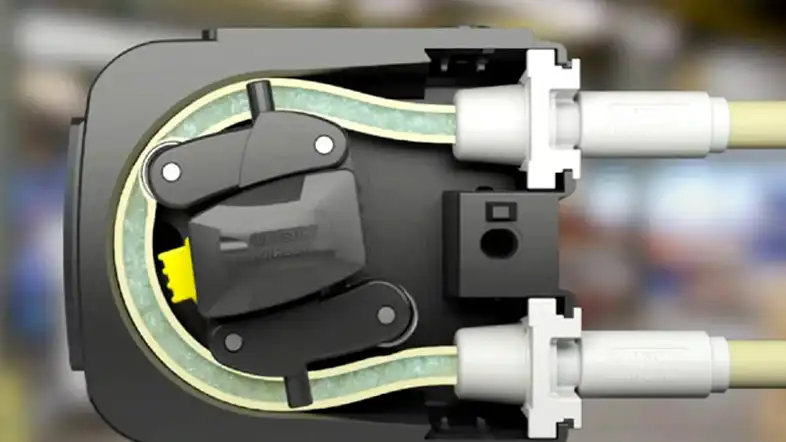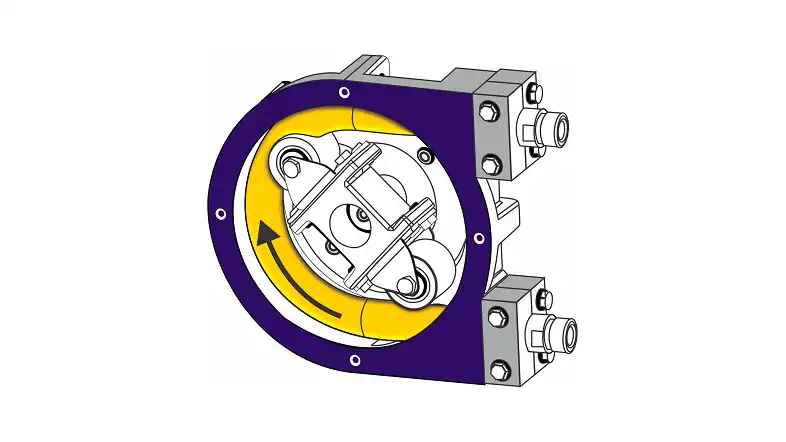Peristaltic pumps are versatile and reliable devices used for pumping a wide range of fluids without contamination or damage. Whether you’re in the medical field, laboratory, or industrial sector, the proper care and maintenance of your peristaltic pump are essential to avoid costly repairs and downtime.
In this article, we will explore the key steps and strategies for protecting your peristaltic pump.
The Importance of Protecting Your Peristaltic Pump

Your peristaltic pump is a significant investment, and its reliable operation is critical for your processes. Here’s why protecting it is of utmost importance:
- Maintaining Precision: Peristaltic pumps are known for their accuracy. Protecting them ensures that they continue to deliver precise fluid transfer, crucial in research and production environments.
- Preventing Contamination: Contaminants can disrupt your processes and damage your equipment. Proper protection safeguards against contamination risks.
- Extending Lifespan: A well-maintained peristaltic pump can last for years. Protecting it means you’ll get more value from your investment.
Now, let’s dive into the comprehensive guide to safeguarding your peristaltic pump.
Protecting Your Peristaltic Pump: A Step-by-Step Guide

1. Routine Inspection and Cleaning
Regularly inspect your peristaltic pump for any signs of wear, tear, or contamination. Clean any debris or residue from the tubing and pump head.
2. Proper Tubing Selection
Select tubing materials compatible with the fluids you’re pumping. Ensure the tubing size matches the pump specifications to maintain optimal performance.
3. Lubrication
Some peristaltic pumps require lubrication for smooth operation. Follow the manufacturer’s guidelines for the correct lubrication procedure.
4. Monitoring Flow Rates
Keep an eye on the flow rates to detect any irregularities. Sudden changes could indicate an issue that needs immediate attention.
5. Temperature Control
Maintain a stable operating temperature for your pump. Extreme temperatures can affect pump performance and tubing integrity.
6. Calibration
Regularly calibrate your peristaltic pump to ensure accurate dispensing. Calibration checks should be part of your routine maintenance.
7. Preventive Maintenance Schedule
Create a maintenance schedule that includes routine inspections, cleaning, and component replacement. Adhering to this schedule can prevent unexpected breakdowns.
8. Training and User Education
Ensure that your staff is well-trained in operating and maintaining the peristaltic pump. Knowledgeable users are less likely to cause equipment damage.
9. Spare Parts Inventory
Keep a stock of essential spare parts, such as tubing and pump heads, to minimize downtime in case of unexpected failures.
10. Environmental Considerations
Protect your pump from environmental factors like dust, humidity, and corrosive substances. Proper storage and shielding can prevent damage.
11. Emergency Procedures
Have clear emergency procedures in place in case of pump failure. Quick response can minimize the impact on your operations.
FAQs
How often should I clean my peristaltic pump?
Routine cleaning should be performed at least once a month, but the frequency may vary depending on your application.
Can I use any tubing with my peristaltic pump?
No, you should choose tubing materials that are compatible with the fluids you’ll be pumping. Consult the pump’s user manual for guidance.
Is lubrication necessary for all peristaltic pumps?
No, not all peristaltic pumps require lubrication. Refer to the manufacturer’s instructions to determine if lubrication is needed.
What should I do if I notice a significant drop in flow rate?
A sudden drop in flow rate may indicate tubing wear or blockage. Stop the pump, inspect the tubing, and replace it if necessary.
Can I store my peristaltic pump outdoors?
It’s not recommended. Exposure to outdoor elements can damage the pump. Store it in a clean and controlled environment.
How can I troubleshoot common peristaltic pump issues?
Refer to your pump’s user manual for troubleshooting guidance. If the issue persists, contact the manufacturer or a certified technician.
Conclusion
Protecting your peristaltic pump is essential for ensuring its longevity and efficiency. By following the steps outlined in this guide and staying vigilant with routine maintenance, you can maximize the lifespan of your pump and minimize operational disruptions. Remember that a well-maintained peristaltic pump is the key to consistent and precise fluid transfer in your applications.

